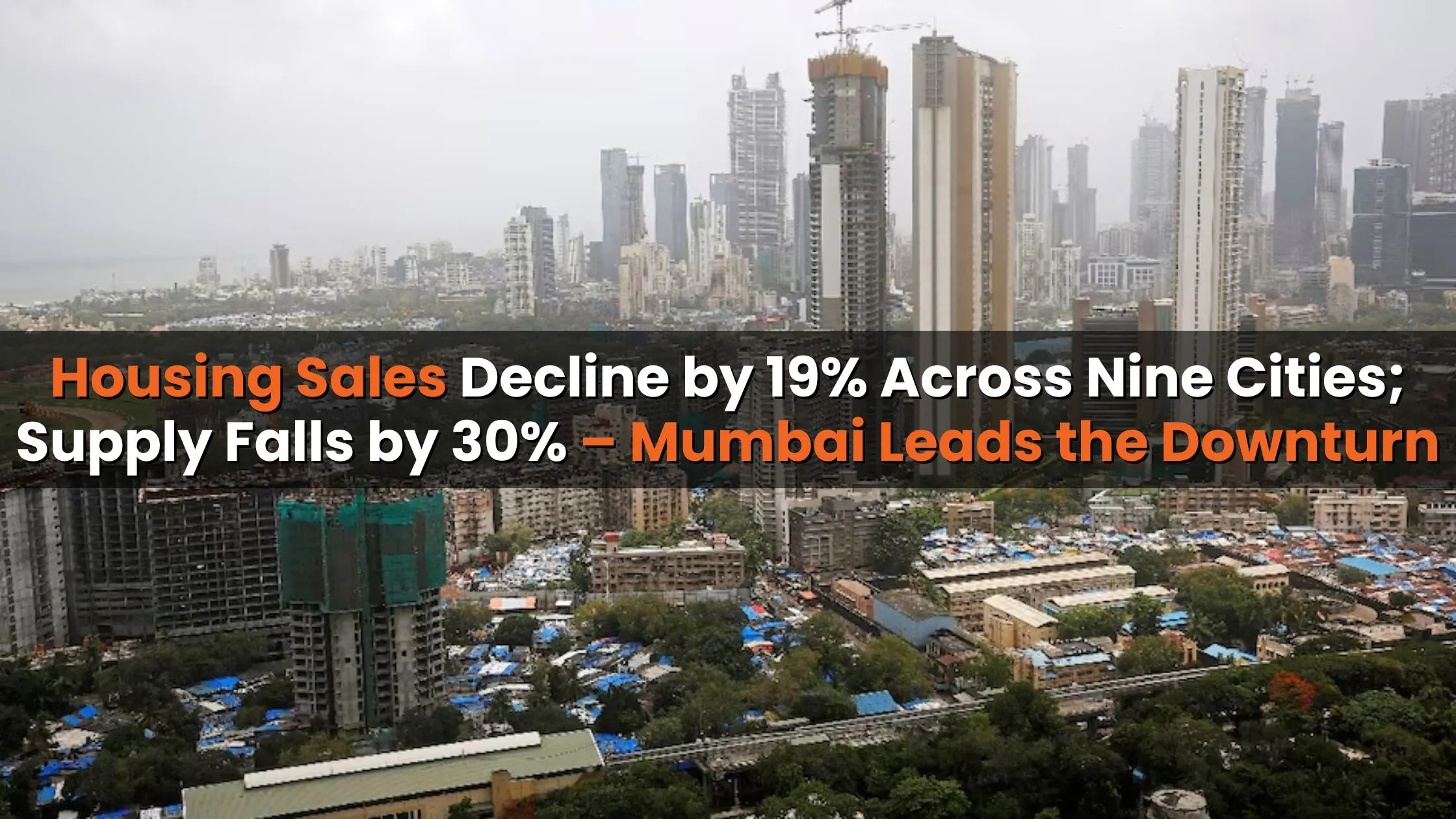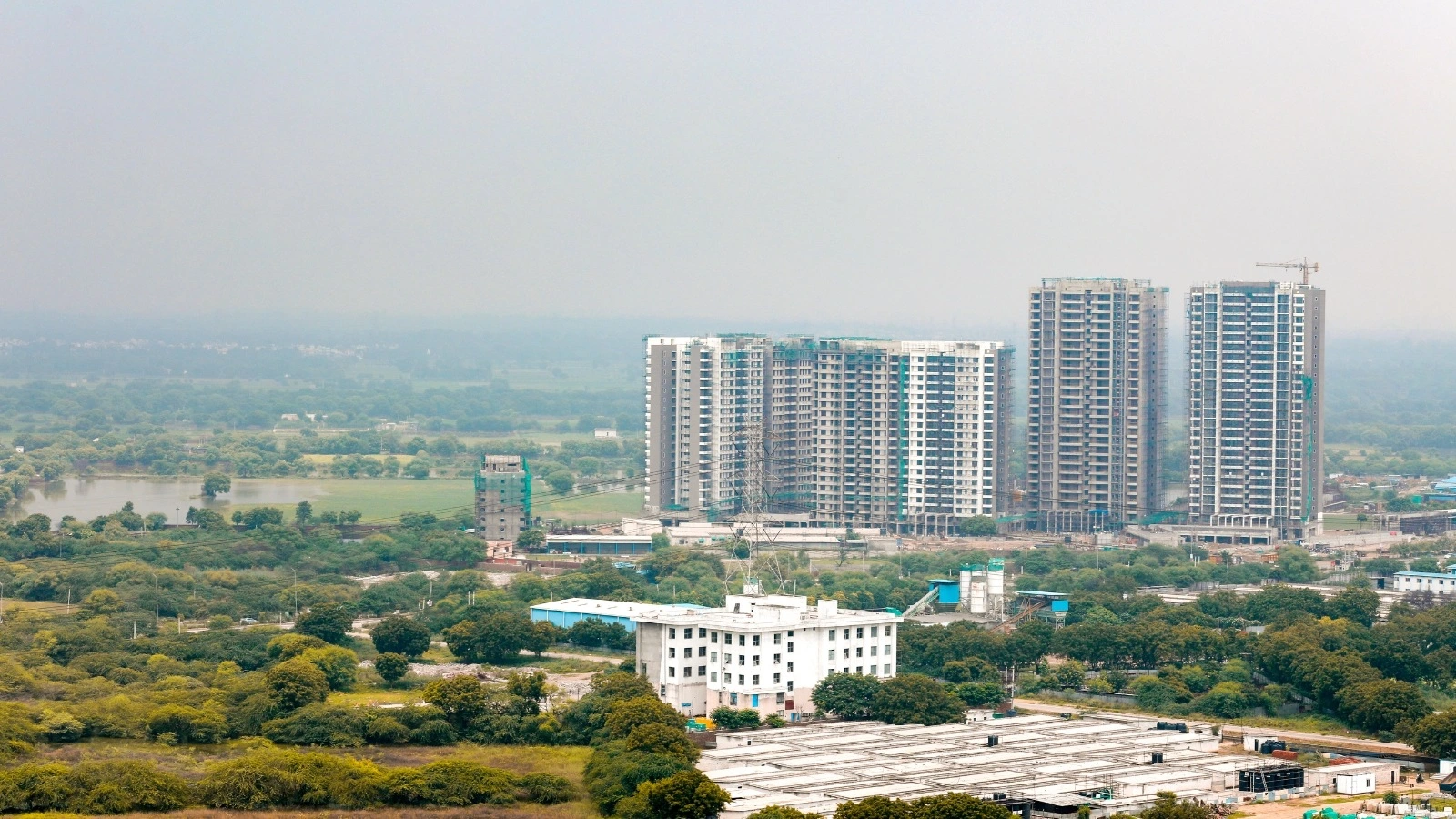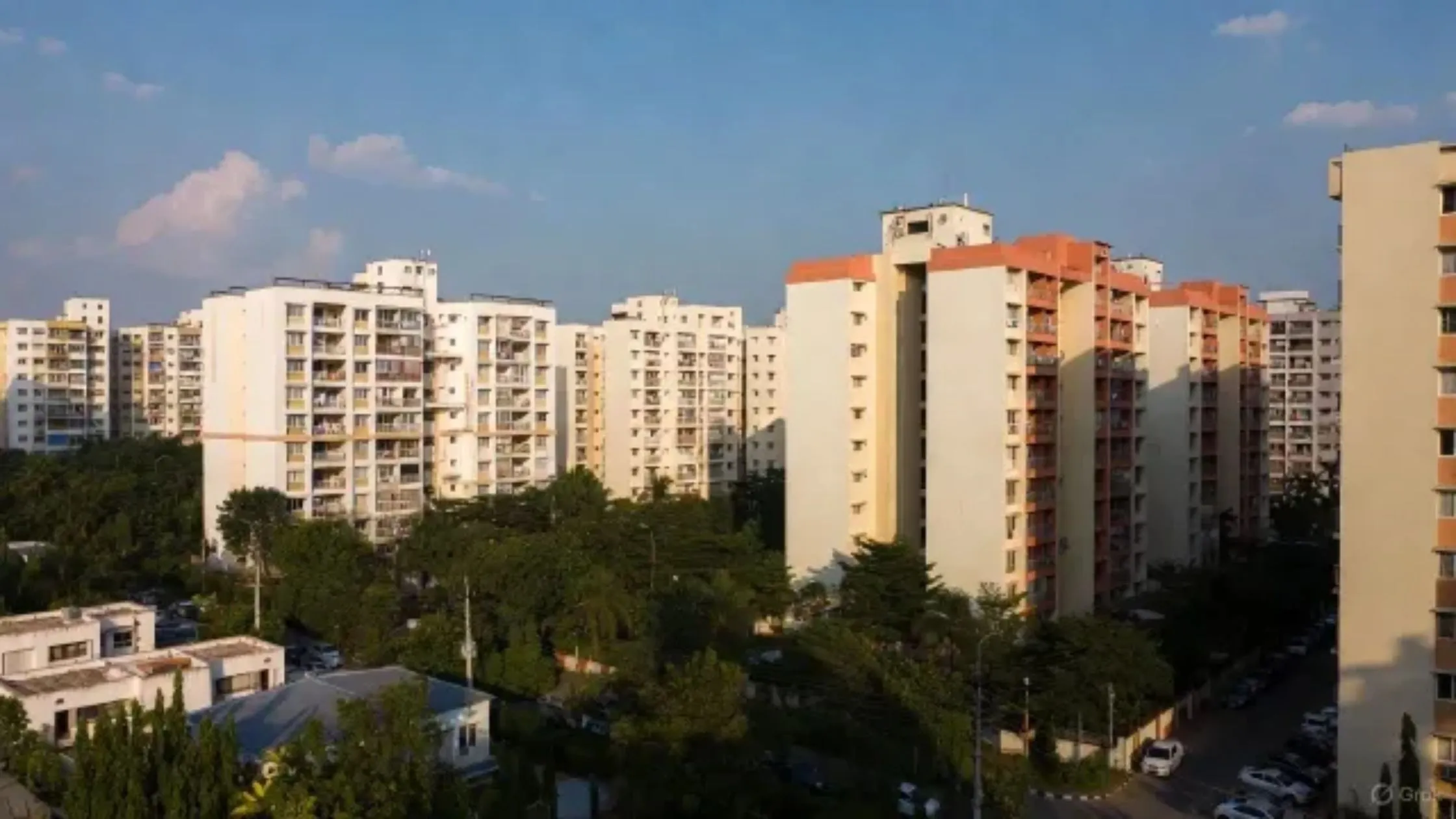Table of Content
The Indian real estate market, a significant driver of economic growth, has shown signs of a slowdown in the second quarter of 2025. According to data analytics firm PropEquity, housing sales across nine major cities fell by 19% year-on-year (YoY) to 94,864 units during April–June 2025. Concurrently, the supply of new housing units also plummeted, registering a sharp 30% YoY decline to 82,027 units.
These trends mark a pivotal moment for the sector, as housing sales have dipped below the 1 lakh-unit mark for the first time since the third quarter of 2021. Developers and buyers alike are grappling with this shift, which reflects market stabilization after years of unprecedented growth.
Let’s explore the city-specific dynamics, emerging trends, and broader implications of these developments.
Key Highlights and Market Overview
Overall Performance
- Housing Sales: A significant decline of 19% YoY, with only 94,864 units sold.
- New Supply: A sharp 30% YoY reduction, leaving the total at 82,027 units.
This dual decline highlights a cautious sentiment in the real estate market, influenced by rising property prices, changing buyer preferences, and broader economic challenges.
Also Read: YEIDA Rolls Out EWS Housing and Recreation Plans Near Noida Airport
City-Wise Analysis:
Mumbai
Mumbai, one of India’s most prominent real estate markets, witnessed the steepest fall in both sales and supply:
- Sales: Down by 34%, with just 8,006 units sold.
- Supply: A dramatic 61% decline, leaving only 4,949 new units launched.
This decline reflects a stabilization of market dynamics after record-breaking activity in 2023 and 2024.
Thane
Thane mirrored Mumbai's trend, showcasing a steep decline:
- Sales: Dropped by 34% YoY.
- Supply: Plummeted by 58% YoY.
Delhi-NCR
Delhi-NCR defied the overall trend, emerging as a bright spot:
- Sales: Increased by 16% YoY, driven by robust demand in Ghaziabad and Greater Noida.
- Supply: Rose by 37%, reflecting growing developer confidence.
Chennai
Another city that bucked the downward trend was Chennai:
- Sales: Up by 9% YoY.
- Supply: Increased by 6% YoY.
Bengaluru
Bengaluru, India’s tech hub, experienced moderate declines:
- Sales: Decreased by 6%, totaling 14,676 units.
- Supply: Fell by 13%, with 14,243 new units launched.
Hyderabad
Hyderabad displayed mixed results:
- Sales: Dropped by 20%, reaching 11,815 units.
- Supply: Surprisingly increased by 19%, showcasing optimism among developers.
Navi Mumbai
- Sales: Declined by 17%, with 6,833 units sold.
- Supply: Took a steep dive of 56%, with only 4,592 units launched.
Pune
Pune, another key market, faced significant reductions:
- Sales: Fell by 27% YoY, totaling 17,196 units.
- Supply: Dropped by 40% YoY, with 14,845 new units introduced.
Trends Shaping the Market
1. Stabilization After Record Growth
The record highs achieved in 2023 and 2024 are giving way to a period of market stabilization. Cities like Mumbai, Bengaluru, and Navi Mumbai are adjusting to a more normalized pace of sales and supply.
2. Divergent Regional Performance
While cities like Delhi-NCR and Chennai are witnessing growth in sales and supply, markets like Pune and Hyderabad are seeing mixed trends, with sales declining but supply remaining relatively strong.
3. Demand for Affordable Housing
The preference for affordable housing options is influencing buyer behavior, with high-end properties witnessing slower traction.
Also Read: Gorakhpur Link Expressway: Enhancing Connectivity and Growth in Eastern Uttar Pradesh
Expert Insights on the Decline
Samir Jasuja, Founder and CEO of PropEquity, commented on the current market dynamics:
“This is the first time since Q3 2021 that housing sales have fallen below the 1 lakh-unit mark. Cities like Mumbai, Bengaluru, and Navi Mumbai are adjusting to normal market dynamics after record highs in 2023 and 2024. However, Delhi-NCR has witnessed the maximum growth this quarter, driven by increased supply in Ghaziabad and Greater Noida.”
Implications for the Real Estate Market
1. Developer Caution
With new supply hitting a four-quarter low, developers are focusing on clearing existing inventories before launching new projects.
2. Opportunities for Buyers
For potential buyers, the slowdown presents an opportunity to negotiate better prices and explore regions with surplus inventory.
3. Long-Term Growth Potential
While the current dip is notable, India’s real estate market continues to hold strong long-term growth potential, especially in regions with robust infrastructure development.
Conclusion
The 19% drop in housing sales and 30% decline in new supply during Q2 2025 highlight the challenges India’s real estate market faces. As high prices and changing buyer preferences reshape demand, cities like Delhi-NCR and Chennai are showcasing resilience, while markets like Mumbai and Bengaluru adjust to a more sustainable pace.
This transitional phase offers buyers and investors opportunities to capitalize on emerging trends and evaluate properties in cities with high inventory levels. Developers, meanwhile, must adapt to the evolving landscape by focusing on affordability, innovation, and timely project execution.
The coming quarters will be critical for determining whether this dip is a temporary slowdown or a signal of broader market shifts. For now, the focus remains on stabilizing and aligning with buyer expectations to drive sustained growth in the housing sector.
Follow AquireAcers Whatsapp Channel to Stay Updated With The Latest Real Estate News





_1765522271.webp)

Ans 1. The Q2 2025 analysis revealed a 19% year-on-year decline in housing sales, dropping to 94,864 units across nine major cities in India. Concurrently, the supply of new housing units plummeted by 30%, reaching 82,027 units. This marks the first time since Q3 2021 that housing sales have fallen below the 1 lakh-unit threshold.
Ans 2. Mumbai led the downturn with a 34% drop in sales and a dramatic 61% reduction in new supply. Thane followed closely, mirroring Mumbai's trends. Navi Mumbai and Pune also experienced significant declines in both sales and supply.
Ans 3. Yes, Delhi-NCR and Chennai bucked the overall downward trend. Delhi-NCR saw a 16% increase in sales and a 37% rise in supply, driven by robust demand in Ghaziabad and Greater Noida. Chennai also posted positive growth, with sales up by 9% and supply increasing by 6%.
Ans 4. The decline in housing sales is attributed to rising property prices, shifts in buyer preferences, and broader economic challenges. High-end properties are witnessing slower traction, while affordable housing options are shaping buyer behavior.
Ans 5. Developers are exercising caution, focusing on clearing existing inventories before introducing new projects. For buyers, the slowdown presents opportunities to negotiate better prices and explore regions with surplus inventory.
Ans 6. The market is undergoing stabilization after record highs in 2023 and 2024, with divergent regional performance. While some cities are experiencing declines, others like Delhi-NCR and Chennai are witnessing growth in sales and supply. The demand for affordable housing is also influencing market dynamics.
Ans 7. Samir Jasuja, Founder and CEO of PropEquity, highlighted that this is the first time since Q3 2021 that housing sales have fallen below the 1 lakh-unit mark. He noted that cities like Delhi-NCR are benefiting from increased supply, while Mumbai and Bengaluru are adjusting to more normalized market conditions after record highs in previous years.
Ans 8. The slowdown signals a cautious sentiment among developers and presents opportunities for buyers to secure better deals. It also emphasizes the importance of aligning new projects with evolving buyer expectations. Despite the current dip, the long-term growth potential of India’s real estate market remains robust, particularly in regions with strong infrastructure development.